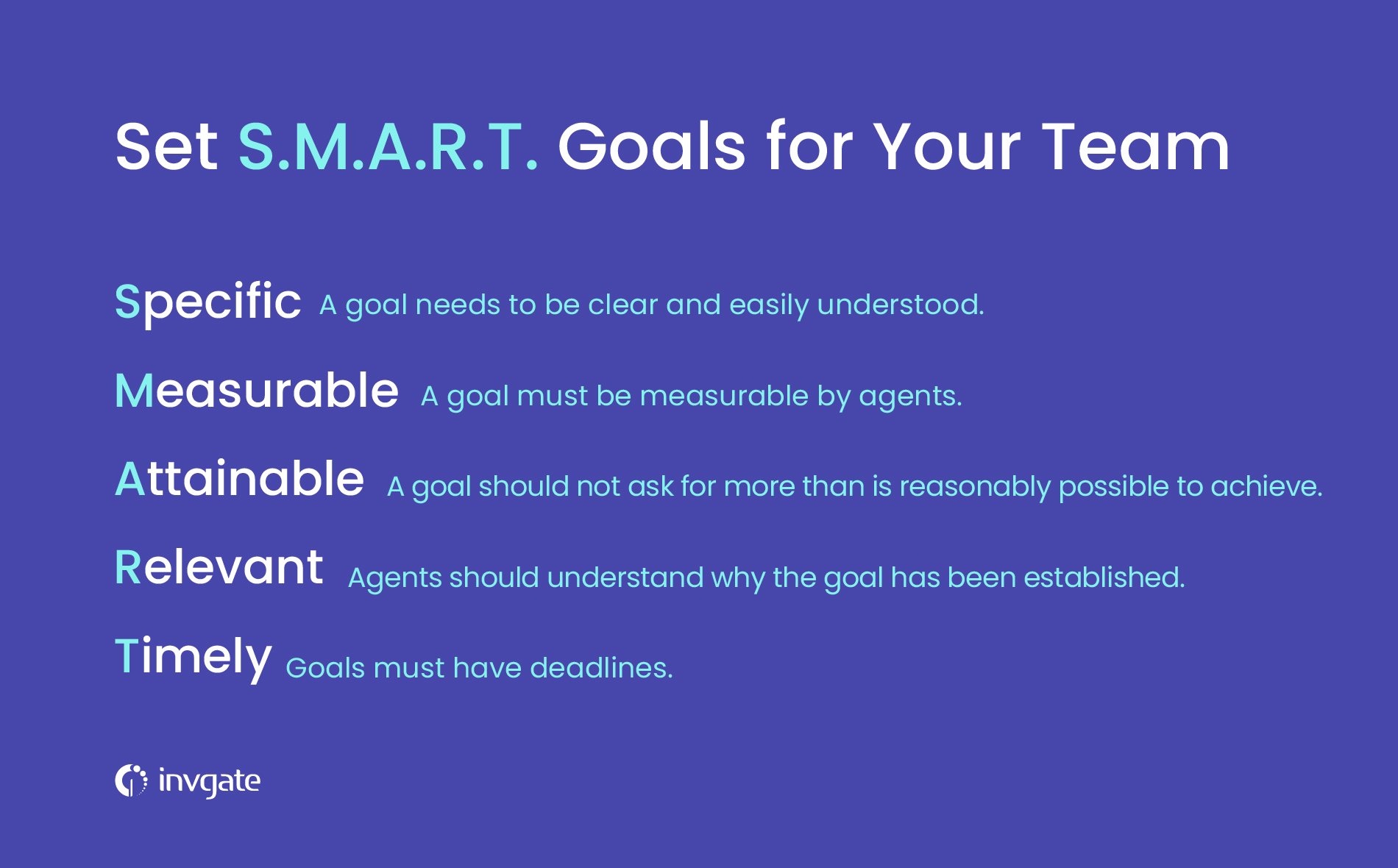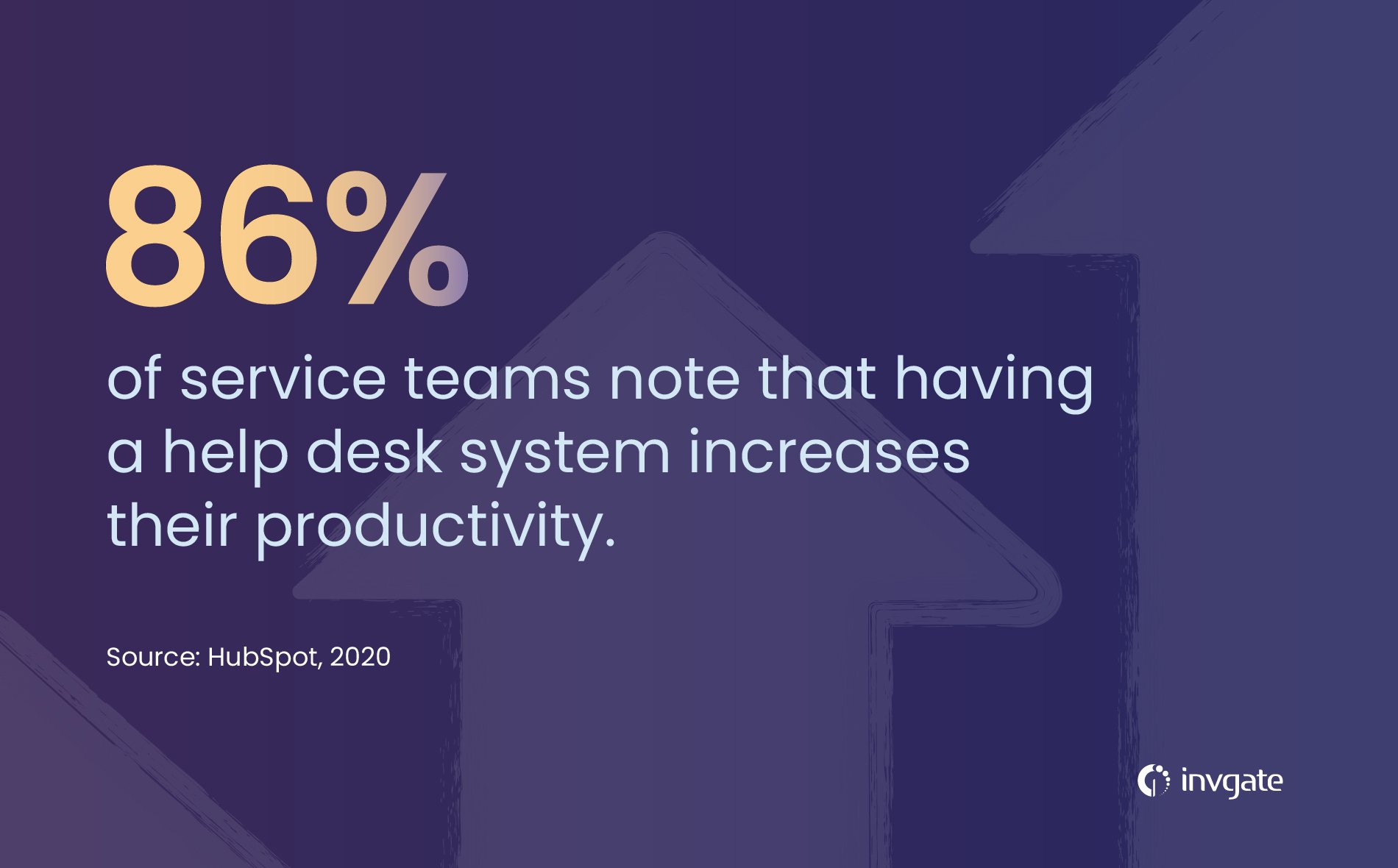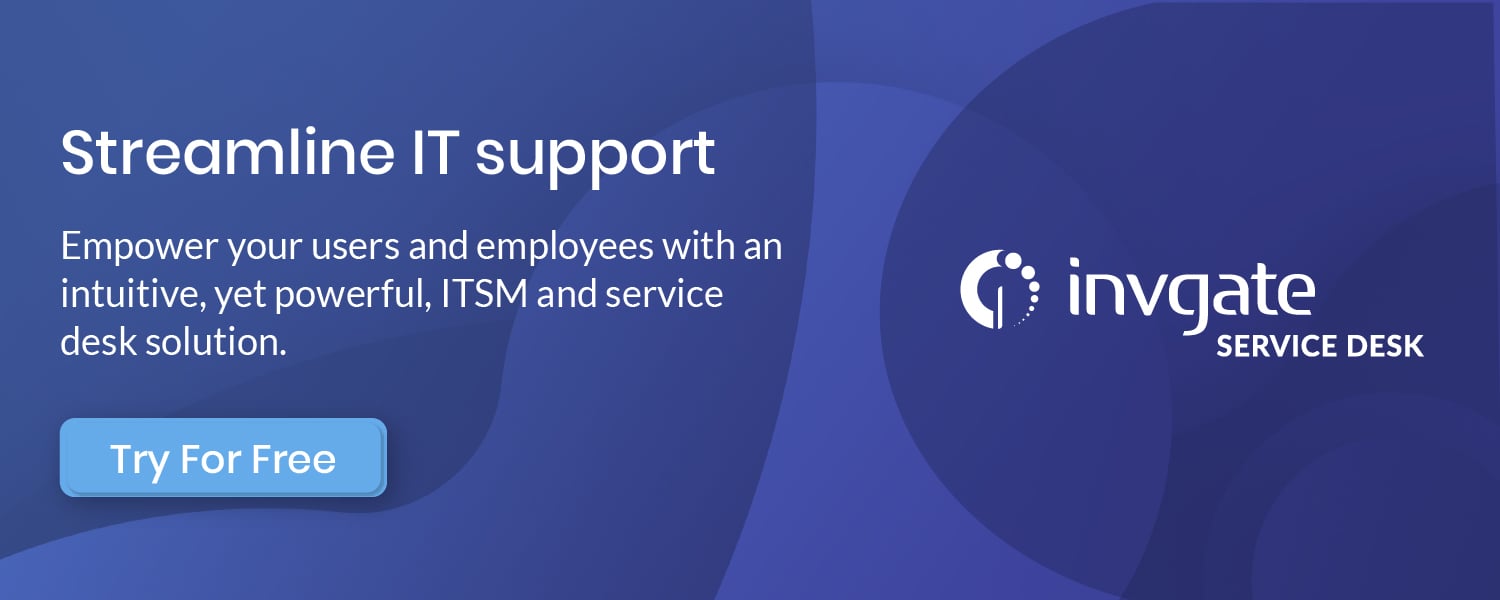IT help desk agent productivity is a much-discussed subject, but one that few seem to actually get a handle on. But what are the basics when it comes to increasing the productivity of your service desk agents and still treating them with kindness and empathy? Today, we’ll find out. Plus, we’ll offer some common-sense tips to get you on the right track.
If there’s one thing that we can take for granted in the world, it’s that customers need around-the-clock service. And this 24/7 connectivity also means that you need to build a help desk team that’s always online and always ready to go. Additionally, that means that those helming your service desk are under constant pressure to perform in a way that’s bigger, better, and faster.
Getting better performance metrics from the same pool of human resources can often lead to burnout and a sense of being overwhelmed. In our constant drive for improvement, we can forget that these are people, not machines.
And yes, we know that customers don’t like to hear how a service desk agent’s day went, or why their team lost the semifinals. But, if you’re deploying help desk software as part of your overall customer help service, chances are that they’re giving it their 110% already.
So, let’s look at ways to make your team work smarter, not harder.

The link between satisfaction and productivity
As the outside-facing part of your company, it’s easy to see why a help desk agent’s overall job satisfaction will also boost overall customer satisfaction. There’s an undeniable direct correlation there. Yet, there’s also a tough balancing act that’s not exactly easy to manage.
And how do you get “satisfaction” anyway? After all, you need your service desk pros to be operating at something close to full capacity every day, because those customers certainly aren’t going to help themselves. That still won’t change.
But what you need to start doing is thinking in terms of working smarter, not harder.
For our money, the way to do it is to streamline their tasks. What we propose to increase their overall job satisfaction is to leverage better automation tools to make each person “more able.” That is, to make everyone work more efficiently, and therefore increase their effective workload while reducing their overall effort. And that, like some magic spell, works wonders for reducing stress and making service desk agents feel more at ease.
As a result, you’ll see that customer satisfaction also goes through the roof. Agents work better, they’re able to solve more issues faster, and everyone’s a happy camper.
So, if you’re on board with the idea, it’s time to take a look at how.
Ways to boost IT help desk agent productivity
1. Create a workspace to make things easier
We’ve all been there a few times: trying to access our knowledge base, and finding that we have to go through the back-end a million times for every single question that needs an answer. Frustrating, time-consuming, and the type of thing that starts adding up after repeated offenses. What starts as a minor inconvenience can become a teeth-grinding timesink.
And when it comes to desk software agents, having the right knowledge on-hand is a necessity. Thus, creating an agent workspace, basically a one-screen, one-stop-shop for their most relevant information — like user tickets and knowledge items — can make more of a difference than one would immediately think. With a self-service portal, it basically gives them the chance to look at all of their information in a single glance.
2. Ticket notes that mean something
Ticket notes can sometimes be vague, redundant, or flat-out gobbledygook. Informative tickets can help boost customer satisfaction, so they’re a must-have skill for any help desk staff to have on their toolkit.
And what’s included in good ticket notes? A narrative is important, because it outlines the customer’s journey, including previous queries, an in-depth record of each issue they’ve had and how it was resolved, etc.
And, in an environment where queries are often looped to other agents, it’s a necessity to have tickets that are pretty much self-explanatory, and neither impenetrable nor uselessly unclear. The more descriptive they are, the better the chances for the help desk agent that’s taking over the case. And that also has a significant positive impact on the overall customer experience.
Great ticket notes should include:
- Ticket ID.
- The service desk agent who spoke to the customer, with dates.
- The measures that were taken to solve the issue, and how they were applied.
- Relevant advice for the agent that’s taking over (this is where team players shine)
- Recommendations on when to update the customer about their issue.
3. Cut back on the workload
Didn’t we say that the idea was to help service desk agents do more? Well, that still stands, but it might be misinterpreted as “work more”. In a way, working smarter and more efficiently increases output to the point where it seems like the total workload is increasing, but that might not be the case. As tools increase total capacity for task completion your agents might actually have a bit more time on their hands, not less.
But still, sometimes they may need to take a little breather here and there. In fact, in about 80% of service desks out there, workload is key to overall agent satisfaction. And the way to optimize this is to optimize and automate the resolution of those piece-of-cake tickets like password resets — the bulk of any service desk agent’s life, from 60 to 70%.
And automation is not the only answer, but also about shifting enough of your knowledge base to the front end. Having easy access to relevant knowledge that may help customers solve issues on their own is also an amazing way to improve customer satisfaction. Also, self-service options, as a general rule, can be a great choice for freeing up your agents’ time and brainpower.
Things like chatbots, for instance, are no longer an “if” but rather a “when” proposition. You should look to be implementing a decent chatbot to help offload some of that labor into the hands of our soon-to-be AI overlords.
Axelos themselves, in a 2016 survey, summed it up perfectly:
“In regard to AI and machine learning, "77 percent [of Axelos survey respondents] said they believed these trends would profoundly impact the IT workforce, liberating ITSM professionals from routine tasks and for responding to demands for more creativity and human input.”

4. Deploying the right tools for the job
The better your service desk software, the better your customer satisfaction, agent satisfaction, and overall resolution rate. And that also means that your desk software can easily help realize the strategies that we’ve talked about here.
Having the right tool on hand is half the battle won, and the rest is going to be up to you and your agents. Providing them with a streamlined tool that gives them a bird’s-eye view of everything they need for success, and combining those tools with common-sense strategies, is the path to success, in our eyes.
And we’re definitely no slouches when it comes to service desk software. In fact, InvGate Service Management takes away all of the guesswork. It empowers your support team to deliver outstanding service, with an intuitive ticketing solution, workflow automations, and ITIL-ready functionalities.
The rest is just about building the right culture that utilizes what this powerful desk software can deliver to its fullest capacity, including automation and other benefits for productivity that increase output without necessarily having to increase input.
If that sounds like your cup of tea, then check out our 30-day free trial here and see for yourself.
The bottom line
Donna Scott says it best:
“Proactive methods, such as trend analysis, preventive actions, and major problem reviews are considered as an effective way to decrease the number of support requests. Unfortunately, IT service providers often focus most of their resources on reactive activities and ignore the proactive methods despite the benefits.”
Unfortunately, sometimes we lose sight of what those “major problems” are, and we tend to look outward rather than inward. Or, rather, in the worst-case scenario, we react when the proverbial guano has hit the fan — such as suffering a high employee-burnout rate.
These tactics and strategies are not just bred from common sense, but an attempt to breed more humane workplaces that don’t turn away from providing the best help desk service possible. Rather, it seems that putting our energies in the right place and utilizing the tools at our disposal create opportunities for more streamlined, more refined work that has an all-around benefit for satisfaction across the board.
And that’s what we should all aim for.
















